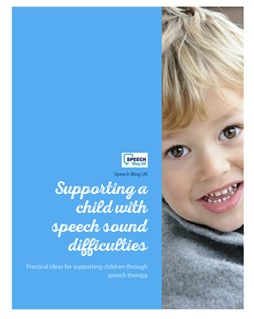You don’t need to sit down at a table for half an hour to help your child with their speech and language skills. Often the best way is to just bring the targets into things you are doing day to day. Check out the other posts in this series – Laundry, Bath time, Meal times, a trip to the park and a trip to the beach. Today, I’m going to talk about something that happens every day – bedtime!

First of all, I am a parent, and I know that sometimes, when your child is over-tired and grumpy, bedtime can be challenging enough without trying to do anything extra! However, sometimes, bedtime can be a lovely time when children are often quite motivated to talk to prolong the day! So it can be a good time to try and capture that motivation and help them learn something without knowing it!
Here are some ideas about how to work speech and language targets into bedtime:-
- Learning routines. Most households have some kind of routine at bedtime in terms of what order things happen. If a visual timetable has been recommended for your child, this can be a great opportunity to introduce it. A visual timetable is usually used to help your child understand what is happening and what will happen next. Take photos of your child doing each thing and stick them on to a piece of card with velcro or blu-tack. Get your child to take the picture off after each activity is completed. Say what is happening in simple words and then look at the next picture and say what will happen next.
- Verbs. We do lots of things at bedtime. This can be a great opportunity to learn some verbs (brushing teeth, drinking milk, reading, dressing etc.)
- Clothes and body parts. Name items of clothing as your child takes them off. Name parts of the body as you wash them. This is a great bath time activity. Find more bathtime ideas here.
- Position words. Talk about where things need to go when you have finished using them. Does the toothbrush need to go in the pot? Next to the sink? Do clothes go in the laundry basket?
- Concepts. There are some concepts that work really well at bedtime. For example, practise “off” every day when you switch the light off, say “up” lots as you go upstairs, talk about “closed” when you close the curtains (or your eyes!) point out that it is “dark” outside (maybe not at this time of year though!)
- Making sounds. Tooth brushing time in particular is a great time to practise making new speech sounds. These are best done in front of a mirror, which hopefully will be right there when your child is brushing their teeth. Most young children love looking at themselves in a mirror and will happily have a go at a couple of sounds. Make this fun by blowing raspberries etc. and pulling funny faces as well.
- Sequencing and story-telling. Bedtime is a great time to talk about what has happened during the day. See if your child can tell you what they did first, next and last. What was the best thing in the day? Why?
- Prediction. With younger children, see if they can predict what will happen next in the bedtime routine. Use pictures to help if you need to. With older children, can they predict what will happen tomorrow? What day will it be? Is it a school day or a weekend? What do they think they might do?
- Books. There are so many ways you can expand language skills with bedtime stories and books generally. You can find some ideas here.
What other ideas do you have for building on speech and language skills at bedtime?






Leave a Reply